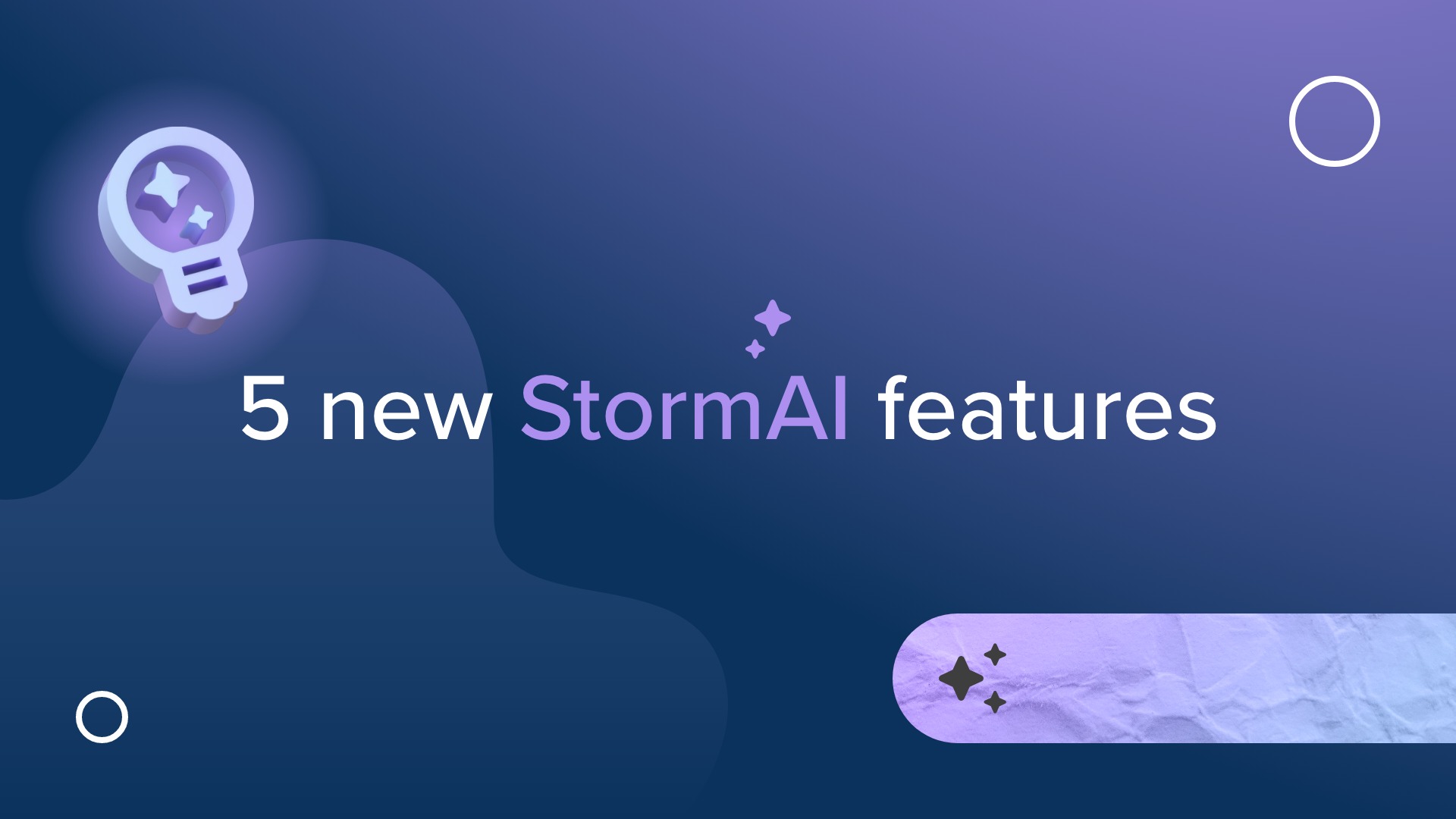How to Create a Customer Engagement Funnel For Your Business
How do you maximize your chances of creating a lasting business? By maximizing engagement — attract customers, draw them into your product, and work toward changing them from passive users into an active part of your company’s development.
Using a Customer Engagement Funnel helps you generate ideas to attract users, focus on user growth and retention, and eventually turn your users into advocates for your company. It will help you thoughtfully plot out your development to build a product that endures.
Creating your Customer Engagement Funnel
Starting at the top of the funnel and working down, fill your template with ideas on how to grow your customer base, retain your customers, and engage your customers.
Growing your customer base
Your focus on growing your customer base should be about more than just increasing the number of users — you want users that are going to move further down the funnel and who will actually find your product or service useful.
Measure your customer growth by finding which new users are engaging with your product’s core services. To determine your core service, think of the action that is most closely correlated with retention. What do people go to your company for? In the example of an online bookmarking tool, your growth would track new users who are actively adding bookmarks to their profile (core service), and not just users who have signed up for the product. Surges in user sign-up with no activity afterward are likely to cancel with the same speed that they were created.
Include ideas that you think will encourage new users to not just sign-up, but to enthusiastically use your product.
Retaining your customers
Moving on from the Growth section of the funnel, the next step is to focus on generating ideas that will increase customer retention.
Your product should get better the more it’s used. It should be “sticky” (hard to leave because of how much time, information, etc., has been invested into it, and how much the product has become a part of your customers’ lives). Your product will create increasing benefits and mounting losses as the customer engages over time. Accruing benefits could be time spent refining or personalizing the product, data entered into the product to increase its functionality, or anything that makes the user think, “the more engaged with this product, the better it gets!”.
On the flip side, once the user is fully engaged with the product, the amount at stake for loss increases. In the previous example of an online bookmarking product, once page bookmarks have been created and reliance on interacting with them is established, the harder it is to stop using the product. They will either need to find a product to replace what they had, or find another way to track their bookmarks.
Use this section to add ideas, functions, or steps to increase retention and to make your product “sticky”.
Engaging your customers
The final stage of the funnel is slightly more nuanced than the other two.
A healthy customer base that is “stuck” on your product will lead to increased engagement, and eventually new growth generation and further retention. Ideas for engagement are not as direct and need to be thought of as, “which actions, services, or features would connect users and turn them into advocates of our product?”. This is different from deciding what will attract them and what will retain them as users.
The ideas in the section will be those that turn your customers into advocates of your product.
Tips for filling out your Customer Engagement Funnel
Ask yourself and your team the following questions are you are going through this exercise:
What are some ways to increase new customers using your product or service?
Once your customers are using your product or service, how can you retain them as active users?
How can you ensure customers are enthusiastically engaging with your product or service on a regular basis? What will it take to make them want to share their experiences with friends and colleagues?
Focus your growth ideas on how to increase a customer base that will actively engage with your product’s core service. Retention is about making your product more “sticky” and harder to walk away from. Find ways to keep your users coming back and investing more into your product so they can get more out of it. Engagement is about changing your users from participants into promoters. Find what will make your users want to share what’s great about your product with other people in their network.
Conclusion
Your customer engagement funnel is not completely one-directional. Customers may go from active engagement back to retention and back again. But, if you continuously focus on providing a product that will meet the needs of your customer, let them engage in a meaningful way, and offer ways for them to share and connect with others, you have created a successful plan to build a lasting business.













